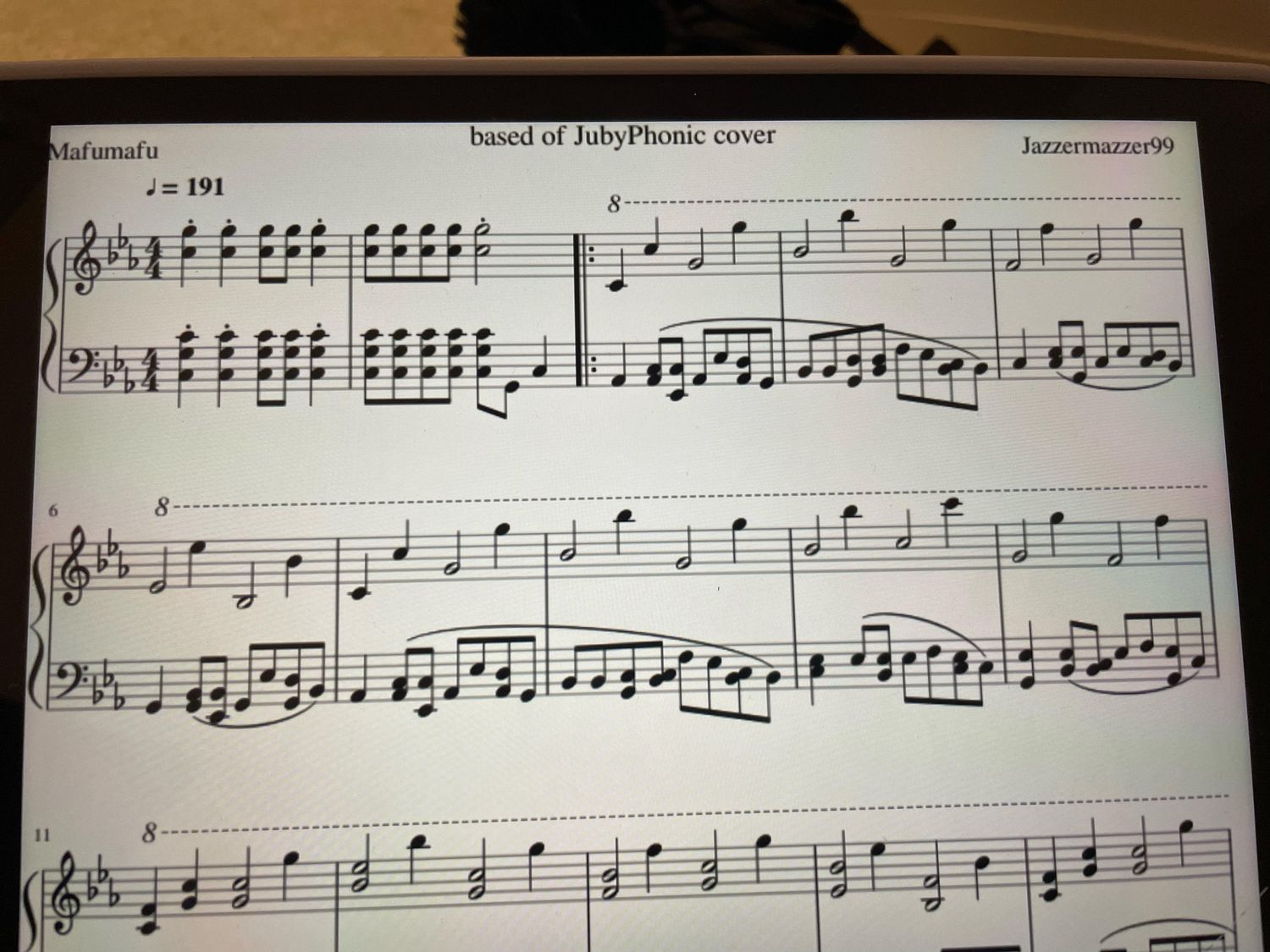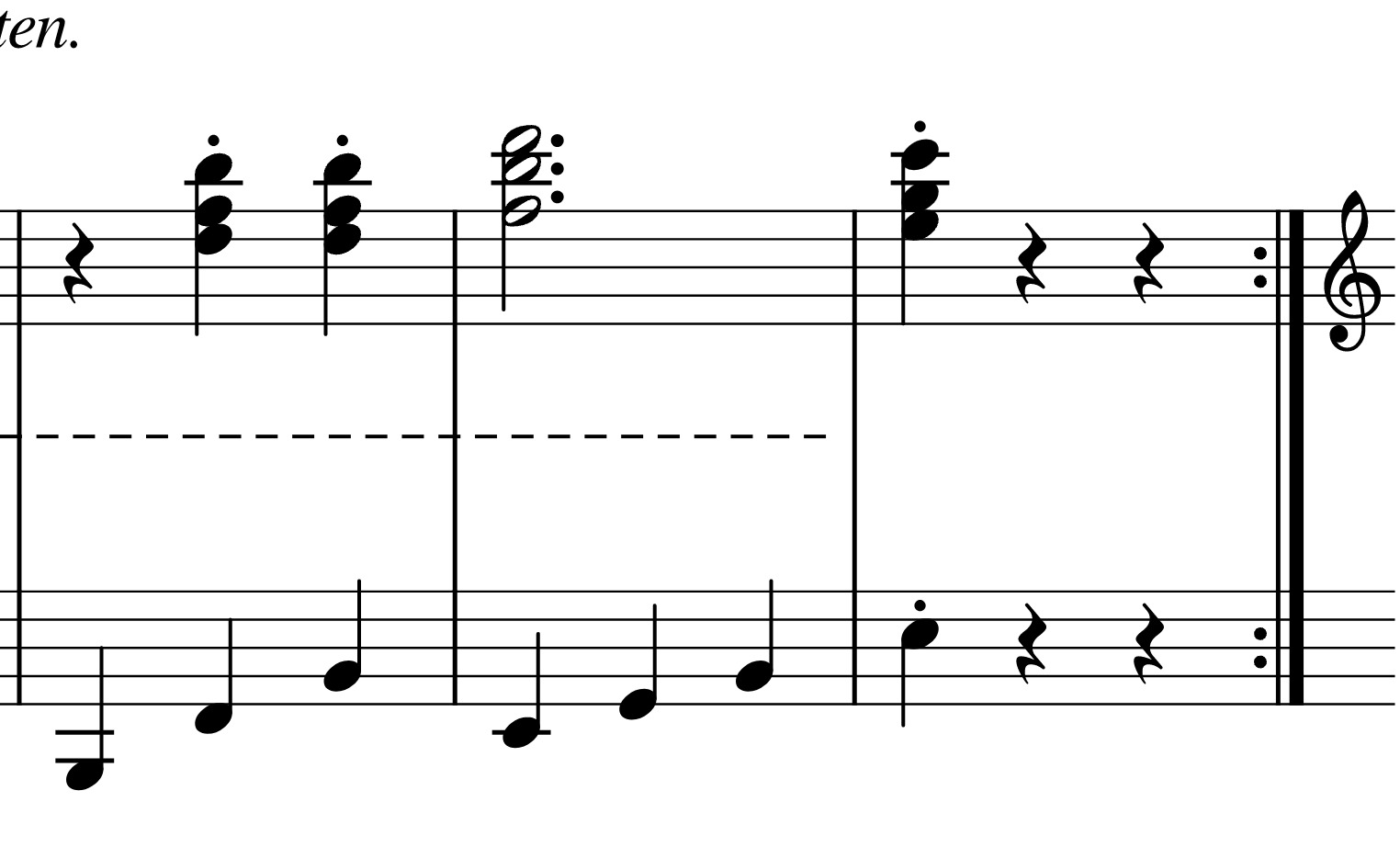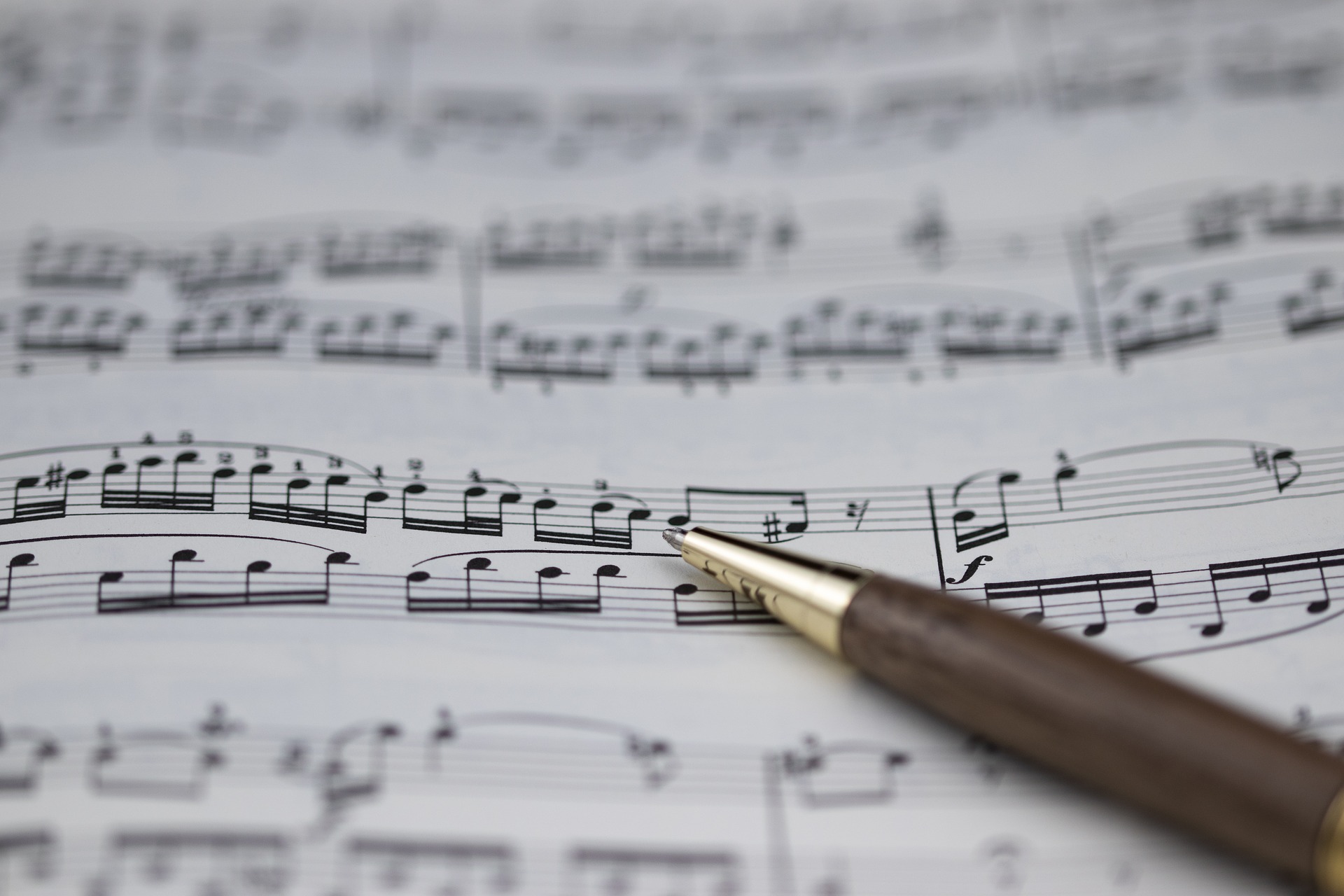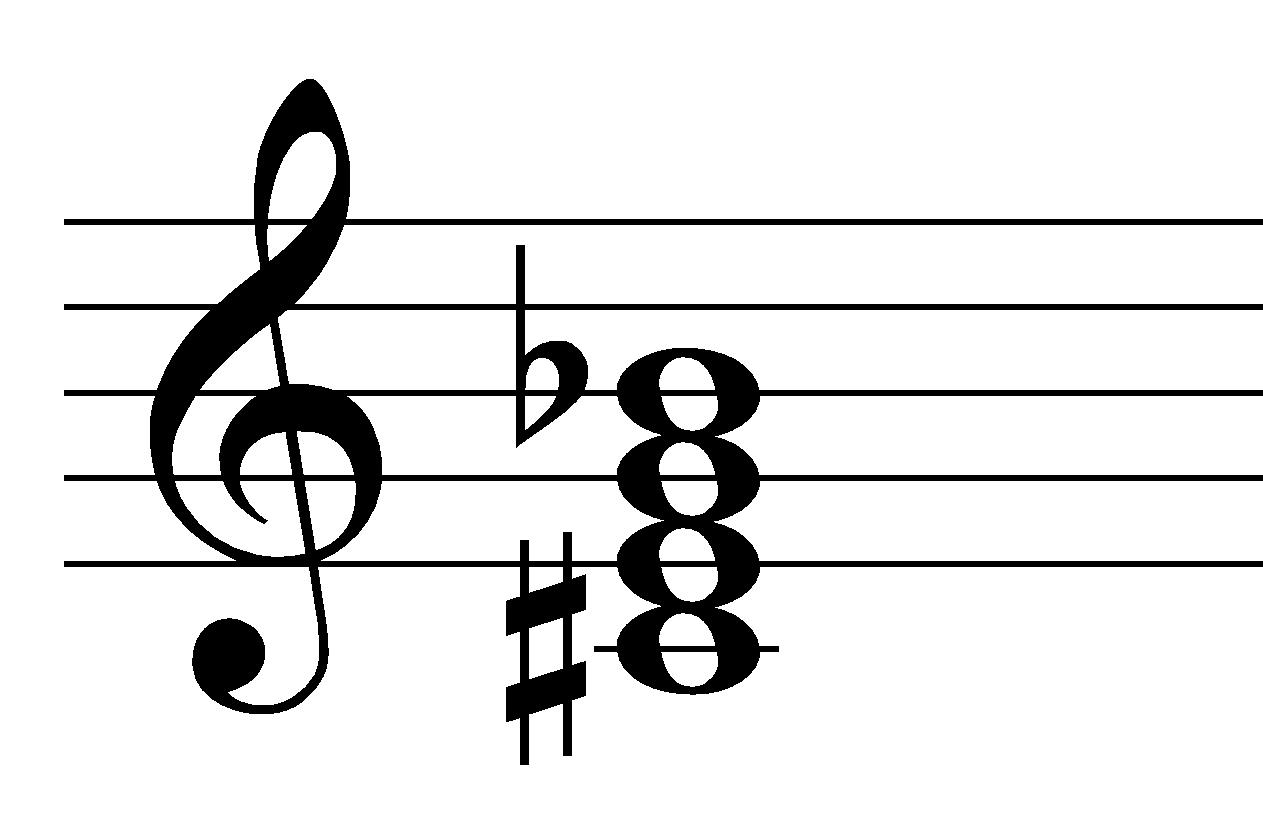Home>Production & Technology>Music Theory>What Is A Phrase In Music Theory


Music Theory
What Is A Phrase In Music Theory
Published: January 31, 2024
Discover the significance of phrases in music theory and how they contribute to the overall structure and flow of a composition. Explore the concept of music theory and its essential elements.
(Many of the links in this article redirect to a specific reviewed product. Your purchase of these products through affiliate links helps to generate commission for AudioLover.com, at no extra cost. Learn more)
Table of Contents
Introduction
Welcome to the fascinating world of music theory! One of the fundamental concepts in music theory is the idea of a musical phrase. Understanding what a phrase is and how it functions within a piece of music is essential for musicians and composers alike.
Think of a musical phrase as a complete musical thought – a musical sentence, if you will. Just as sentences in language have a beginning, middle, and end, musical phrases have a similar structure that helps to convey the intended message or emotion of the music.
Throughout this article, we will explore the definition of a musical phrase, its elements, different types of phrases, their structure, and why they are important in music. So, whether you’re a musician looking to deepen your understanding of music theory or simply a curious music lover, let’s dive into the world of phrases in music theory.
Before we get started, it’s important to note that although the concept of a phrase is universal in music theory, its specific definition and characteristics may vary slightly depending on the music genre or style being studied. In this article, we will focus on the general concepts that apply across various musical genres.
Definition of a Phrase
In music theory, a musical phrase can be defined as a unit of musical expression that forms a complete and distinct musical idea. Just like how a sentence is comprised of words, a musical phrase consists of a series of musical notes, rhythms, and melodic contours that work together to convey a specific musical idea or emotion.
A musical phrase typically begins with an initial motif or musical idea and progresses through a series of musical events, building tension and anticipation before reaching a point of resolution or completion. This sense of resolution is what distinguishes a phrase from a random collection of musical sounds.
It’s important to note that a musical phrase is not a fixed length. It can vary in duration, ranging from just a few notes to several measures long. The length of a phrase depends on the musical context and the composer’s intention. It’s common to find shorter phrases in faster-paced, more rhythmically driven music, while longer phrases are often found in slower, melodic compositions.
One of the key characteristics of a musical phrase is its sense of musical coherence. In other words, the various elements within the phrase, such as melody, harmony, rhythm, and dynamics, work together harmoniously to create a cohesive and unified musical expression. This coherence helps to engage the listener and create a sense of musical structure and continuity.
Overall, a musical phrase can be thought of as a building block of musical composition. By combining and repeating phrases in different ways, composers can create complex and compelling musical works that take the listener on a journey of musical expression and emotion.
Elements of a Phrase
A musical phrase is made up of several key elements that contribute to its overall structure and musical expression. Understanding these elements will help in analyzing and interpreting musical phrases. Let’s take a closer look at some of the essential elements:
- Melody: The melody is the most prominent element within a musical phrase. It consists of a series of pitches that create a memorable and identifiable tune. The melody is often the main focus of the phrase and is what the listener tends to remember and sing along with.
- Rhythm: Rhythm refers to the duration and timing of musical notes within a phrase. It sets the pace and groove of the music and helps establish a rhythmic pattern that gives the phrase its unique character. Syncopation, accents, and rhythmic variations can add interest and complexity to the rhythm of a phrase.
- Harmony: Harmony is the combination of different musical notes played simultaneously to create chords. In a phrase, the harmony supports and enhances the melody, providing a harmonic context and adding depth and richness to the musical expression. The chords used within a phrase can evoke different emotions and moods.
- Dynamics: Dynamics refer to the variation in volume or intensity within a musical phrase. It involves playing certain sections of the phrase louder or softer to create contrasts and enhance the emotional impact of the music. Dynamics can greatly influence the way a phrase is perceived and experienced by the listener.
- Form: The form of a musical phrase refers to its overall structure and organization. Phrases can be divided into smaller sections, such as antecedent and consequent phrases or call and response patterns. The repetition, variation, and development of these sections contribute to the larger musical form.
These elements come together to create a cohesive and expressive musical phrase. They work in tandem to convey the intended emotions, convey a specific musical idea, and engage the listener in a meaningful musical experience. By understanding and recognizing these elements, musicians can better analyze and interpret the music they play or compose.
Types of Phrases
In music theory, there are several types of phrases that composers often utilize to create different musical effects and structures. Each type of phrase has its own distinctive characteristics and can evoke different emotions in the listener. Let’s explore some of the common types of phrases:
- Antecedent and Consequent: This type of phrase consists of two parts – the antecedent and the consequent. The antecedent establishes a musical idea or theme, while the consequent provides a response or continuation to the antecedent. It creates a sense of question and answer or call and response within the music.
- Parallel: A parallel phrase is one where the second half of the phrase mirrors or imitates the first half in terms of melodic shape and rhythmic pattern. This creates a sense of symmetry and repetition, adding stability and coherence to the musical composition.
- Sequential: In a sequential phrase, the musical material is repeated at a different pitch level. This creates a sense of ascending or descending movement and can add tension or excitement to the music. Sequential phrases are often used to build anticipation and lead to a climactic moment in the composition.
- Period: A period is a longer musical phrase that consists of two or more phrases, usually grouped together in a distinct and symmetrical manner. The first phrase, known as the initial phrase, sets up a musical idea, while the second phrase, known as the contrasting phrase, provides a contrasting or development of that idea. Periods are often used to create well-defined musical sections within a composition.
- Interrupted: An interrupted phrase, also known as a deceptive phrase, is one that ends in an unexpected or surprising way. Instead of resolving to the expected harmonies or melodic patterns, the phrase takes a sudden turn, creating a sense of tension or surprise. This type of phrase can add a dramatic or playful element to the music.
These are just a few examples of the types of phrases that composers use in their musical compositions. By incorporating different types of phrases, composers can create a variety of musical effects and structures, keeping the listener engaged and captivated throughout the piece.
Structure of a Phrase
The structure of a musical phrase refers to the organization and arrangement of its various musical elements. While the specific structure can vary depending on the style and genre of music, there are some common characteristics that can be found in many phrases:
- Beginning: The beginning of a musical phrase is often marked by an initial motif or melodic idea. This helps to establish the musical theme or idea that will be developed throughout the phrase.
- Middle: The middle section of a phrase is where the musical material is further developed, expanded, or repeated. This can involve variations in the melody, rhythm, and harmony to create interest and musical tension.
- End: The end of a phrase is characterized by a sense of resolution or completion. It is often marked by a cadence, which is a series of chords that create a resting point or musical punctuation at the end of the phrase.
In addition to these basic structural components, phrases can also have variations and extensions. Variations involve altering certain aspects of the musical material within the phrase while maintaining its underlying structure. This can include changes in rhythm, melody, or harmony. Extensions, on the other hand, involve adding extra measures or musical events to prolong the phrase and create a sense of musical development.
It’s important to note that phrases can be combined to form larger musical sections, such as verses, choruses, or bridges. These sections often follow specific patterns or forms, such as AABA or ABAB, which provide a sense of structure and organization to the overall composition.
In summary, the structure of a musical phrase involves its beginning, middle, and end, as well as variations and extensions. By understanding the structure of a phrase, musicians can better appreciate its musical development and create compelling compositions that engage and captivate the listener.
Musical Examples of Phrases
Let’s explore some musical examples to better understand how phrases are used in actual compositions. These examples span different genres and demonstrate the diverse ways in which phrases can be employed:
- Classical Example: In Ludwig van Beethoven’s famous piano composition, Für Elise, the opening phrase consists of a short, memorable melody followed by a repeated pattern. This antecedent phrase is then followed by a consequent phrase that provides a response and variation to the initial melodic idea.
- Jazz Example: In the jazz standard “Autumn Leaves,” the melody is divided into distinct phrases that create a call and response pattern. Each phrase is followed by a brief pause, allowing the soloist to improvise and respond to the preceding musical idea. This back-and-forth between the melody and improvisation gives the piece its unique character.
- Pop Example: The song “Hey Jude” by The Beatles features a repeating phrase structure. The phrase consists of a simple and catchy melodic line that is repeated throughout the song. This repetition creates familiarity and serves as a unifying element, making the song instantly recognizable and memorable.
- R&B Example: In the R&B hit “I Will Always Love You” by Whitney Houston, the vocal phrases are carefully crafted to convey emotional intensity. Each phrase builds upon the previous one, leading up to a climactic high note. This use of sequential phrases creates a sense of progression and heightens the emotional impact of the song.
These examples highlight the versatility of phrases in different musical styles. Whether it’s the classical elegance of Beethoven, the improvisational nature of jazz, the catchiness of pop, or the emotional depth of R&B, phrases play a crucial role in shaping the musical expression and impact of a composition.
By studying these examples and listening closely to various musical genres, one can develop a deeper appreciation for the creative and expressive use of phrases in music.
Importance of Phrases in Music
Phrases are integral to the structure and expression of music, and understanding their importance is key to appreciating and analyzing musical compositions. Here are several reasons why phrases play a crucial role in music:
- Structural Organization: Phrases provide a framework for organizing musical ideas into cohesive and meaningful units. By dividing a piece into phrases, composers create a sense of structure and balance, allowing listeners to follow and understand the progression of the music.
- Musical Expression and Communication: Phrases allow composers to convey specific emotions and express musical ideas effectively. The length, shape, and musical elements within a phrase can evoke different moods and convey messages. By carefully crafting phrases, composers can communicate and elicit emotional responses from the listeners.
- Musical Development and Variation: Phrases serve as building blocks for musical development and variation. Composers can repeat, vary, or extend phrases to create musical interest and complexity. This process helps to develop melodic themes, build tension, and captivate listeners by introducing new musical ideas or manipulating existing ones.
- Rhythmic and Melodic Patterns: Phrases often contain rhythmic and melodic patterns that give a piece of music its distinctive character. These patterns can create a sense of familiarity and provide a framework for improvisation and creativity within the music. Through the repetition and variation of these patterns, composers can establish a musical identity and engage listeners.
- Listener Engagement: Phrases play a vital role in engaging listeners by providing musical hooks and memorable moments. Catchy and well-crafted phrases can leave a lasting impression on the listener, making the music more enjoyable and memorable. Phrases also create opportunities for audience participation, as listeners may anticipate and sing along with recurring melodies.
The importance of phrases in music cannot be overstated. They help shape the overall structure, emotional impact, and memorability of a composition. By analyzing and understanding the phrases within a piece of music, musicians and listeners alike can deepen their appreciation for the intricacies and artistry of the music they encounter.
Conclusion
Understanding the concept of a musical phrase is essential for anyone interested in music theory or appreciating the intricacies of music composition. Phrases serve as the building blocks of musical expression, conveying emotions, shaping structure, and engaging listeners.
Throughout this article, we explored the definition of a phrase, its elements, different types of phrases, the structure within a phrase, and the importance of phrases in music. We learned that a musical phrase is a complete and distinct musical idea, comprised of elements such as melody, rhythm, harmony, dynamics, and form.
Phrases come in various forms, including antecedent and consequent, parallel, sequential, and period structures. Each type of phrase brings its own unique character and emotional impact to the music. Furthermore, understanding the structure of a phrase helps us appreciate the organization and development within a musical composition.
The examples showcased the versatility of phrases across different genres, including classical, jazz, pop, and R&B. By analyzing these examples and listening attentively to various musical compositions, we can gain a deeper understanding of how phrases contribute to the overall musical expression and impact.
In conclusion, phrases are fundamental to the art of music, providing structure, expression, and engagement for both musicians and listeners. By recognizing and appreciating phrases, we can enhance our understanding of music theory, develop our compositional skills, and deepen our enjoyment of the diverse world of music.











